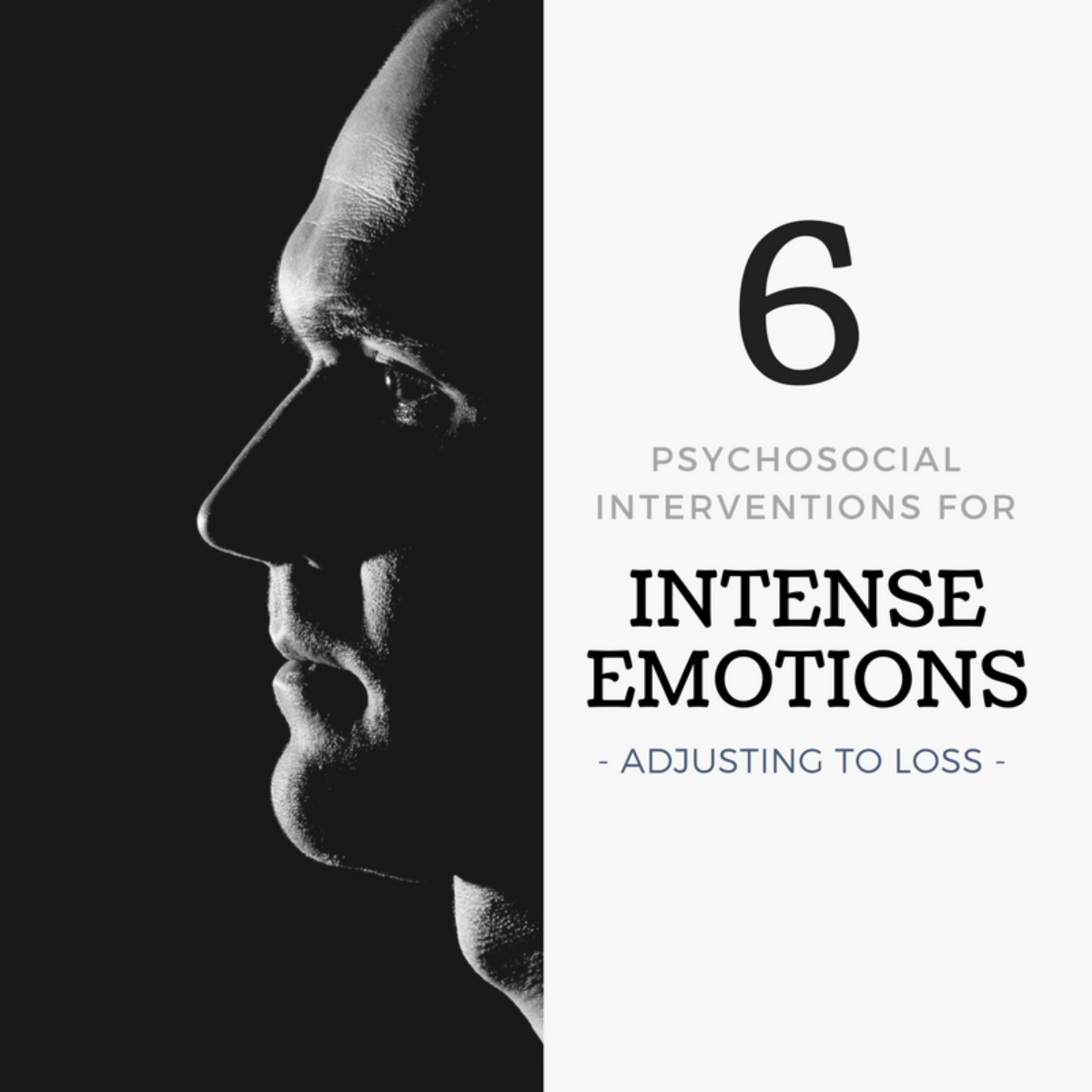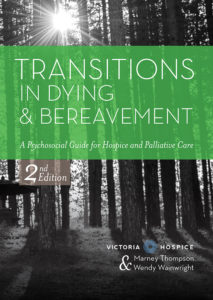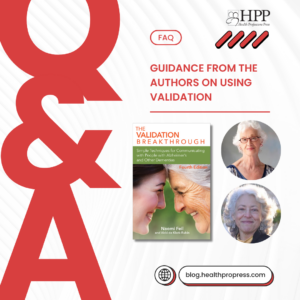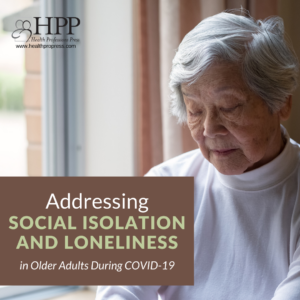
Adjusting to Loss: 6 Psychosocial Interventions for Intense Emotions
These psychosocial interventions have been designed to specifically address the intense emotions people feel while adjusting to loss.
This post was adapted from Transitions in Dying and Bereavement: A Psychosocial Guide for Hospice and Palliative Care, Second Edition by Victoria Hospice, Marney Thompson, and Wendy Wainwright. Copyright © 2017 by Victoria Hospice. All rights reserved.
For someone mourning the loss of a loved one, life is full of reminders of the loss of the person who died. Day-to-day existence is full of triggers, and feelings arise unbidden and uncontrolled. The outward manifestation of emotions, such as tears, frequent sighing, or nervous irritation, can be distressing and embarrassing for the bereaved person. And fully expressed intense emotion, such as wailing, rage, or panic, is deeply distressing for most people.
Here are six interventions counselors can use to address intense emotions:
Encourage people to pay attention to their emotions. They are a natural and useful part of grief.
“You are truly missing your mother in so many ways. How do you express the sadness and longing you feel?”
Understand that bereaved people may feel ambivalent about their lives. When people are in despair and uncertain about how to go on without the person who died, it helps to explore these feelings.
“You said how desperately alone and hopeless you’ve been feeling since your wife’s death. Tell me more about that.”
Identify feelings of guilt and explore self-forgiveness. Guilt is a difficult emotion because it is hard to share with others and may relate to real or imagined failings.
“You feel guilty about a number of things that happened when you were caring for your sister. You feel you weren’t as kind and understanding as you would have liked. Is there any part of this that you might be able to forgive yourself for?”
Offer strategies for defusing anger. Holding back anger creates stress and tension. This may be relieved through physical activity that includes large muscle movement.
“Your family says you are irritable and fly off the handle easily. How might you let off steam in a way that feels safe? Are there any physical activities you can do to release these pent up emotions?”
Identify and address fears. The saying, “To name it is to tame it” underscores the value of finding the sources of fear.
“You say you’re afraid to go out and aren’t accepting invitations from friends or family. What is scary about this for you?
Explore strengths and strategies. Despite often overwhelming emotion, people generally find ways to keep going.
“You’ve had so much to deal with since Edward’s death. I’m wondering how you keep going? What have you found that helps?”
For more interventions in hospice and palliative care, see Transitions in Dying and Bereavement: A Psychosocial Guide for Hospice and Palliative Care, Second Edition.
Read the book!
 Transitions in Dying and Bereavement
Transitions in Dying and Bereavement
A Psychosocial Guide for Hospice and Palliative Care
Second Edition
By Victoria Hospice, Marney Thompson, M.A., and Wendy Wainwright, M.Ed.
Copyright © 2017 by Victoria Hospice
Help guide patients and families through difficult end-of-life experiences with this compassionate, strengths-based approach from a team of expert counselors.





Add comment